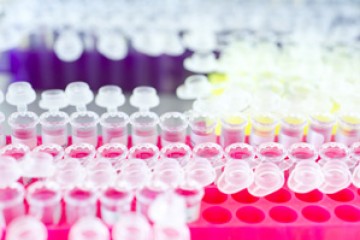Strategic grant
Developing an integrated "in vitro carcinogenicity predictive tool" utilising in vitro cell signalling and cell behaviour assessment coupled with in vitro genotoxicity data

At a glance
Completed
Award date
April 2012 - September 2015
Grant amount
£384,143
Principal investigator
Professor Gareth Jenkins
Co-investigator(s)
Institute
Swansea University
R
- Replacement
